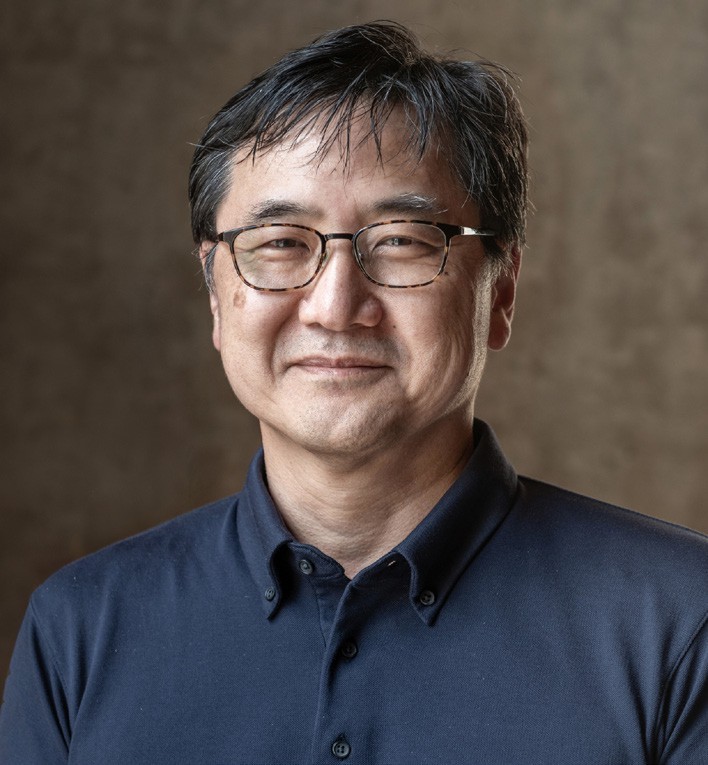THE FUTURE, NOW

The evolution of malls has been a steady process for sixty years, with a focus on creating desired places for people to gather. Places immersed with leisure and attractions, for work and living where these functions are no longer separable. Places of comfort and aspiration; protection from the elements; third places to connect and live; a haven from the surrounding, constant city created through disruptive growth. At its heart, the shopping centre is the city centre. Yet, radical changes are coming as malls reach their existing limits and are directed to the accelerated desires of consumers. The best will continue to thrive—the rest must adapt, fast.
As cities urbanized rapidly, with influxes of people and migration, traditional patterns became displaced as new formats emerged. Retail centres cannot instantly absorb the shifting proportion of F&B, entertainment, and work. While financial projections are predictable, the orchestration required of centre operators now are far greater, with constant curation and anticipation of future concepts in demand. Dubai, Riyadh, Jeddah, and Doha are not in competition with one another, but vie for attention with Europe, America, India, East Asia; they race against Macau Cotai, Singapore Marina Bay, the Las Vegas Strip, 5th Avenue New York, for preeminence.
One of the key changes we can expect to see in existing malls is a focus on retrofitting and adaptive re-use. This creates a sustainable future and better practice of updating spaces, with a focus on modularity, prefabrication, and materiality, economic strategies as methods become industry wide.
Robotics, vehicles, automation, and programmatic design will play a key role in infrastructure, distribution, delivery, and fulfilment systems. Consider how quickly concepts have shifted over the recent ten years, with acceleration continually increasing. Long-term leases may be required to confirm key branded tenants. Major brands are in laboratories inventing immersive experiences focusing on customer relationships rather than how products look on display. On a regional scale, these journeys are multi-generational, muti-cultural; understanding what is in stasis, and what is in constant motion.

PHIL KIM CHAIRMAN JERDE
Phil Kim is Chairman of Jerde, with offices in Los Angeles, Hong Kong, Shanghai and Singapore. The firm has been recognized with 170 awards that draws over a billion visitors annually. He is also Chair of the Urban Land Institute Hong Kong Council and a Global Governing Trustee, a Founding Member of the Institute of Sustainable Urbanization and a long-time juror of the ICSC Design Excellence Awards.
The future of malls will be focused on combining technology and place. Wearables, implants, contact lens-projection, AR, and generative-AI will all be used to create a fully immersive experience, venues surrounding customers creating a sense of connection and community. The fundamentals remain in the understanding of human places.
Adaptation isn’t only a means of addressing outgoing tenants and bringing in the new. The Commons, in the Thong-Lor and Saladeng districts of Bangkok, has spent the past ten years experimenting with a department storesized format virtually 100% F&B. It combines street food and gourmet experiences around a central intertwining public space, amphitheatre, and vertical circulation. What allows The Commons to thrive is responsive and creative management—the complete engagement of the owners to their tenants, and support of the sustainable community and individual needs that they address in personalised ways.
Namba Parks Osaka constantly shifts experience. 20,000 plants and trees change seasonally in coloration, scent, shadow—the human need to viscerally connect with the world around us is of the present and the future. Even the extreme desert conditions of the Middle East have proven that both indoor and outdoor environments can heighten our connection with place and one another. With the wealth of knowledge and funds available in this growing region, unique ecosystems define its near future of retail.

Commitment to the future is evident. Attention is on what Dubai has become, where Saudi Arabia is aiming. Yet, challenges have existed since the invention of the modern shopping centre in North America in the mid-1950s, the super-regional shopping entertainment centres of the late 1990s and 2000s, Asia’s dense, vertical centres these past fifteen years. How many can one city sustain? Customers know too much, have been to many places, are too quick to judge. The mall isn’t dead, but bad malls are.
Retail is an infinitely flexible format. While we may hold onto the safer understanding of yesterday, this moment in time is a confluence of knowledge, travel, technology, transport, mixeduses, densification, and experience. Our industry is ready to redefine malls as unique places that define a region—a mystery to many outside, but a chance to make a culturally relevant, techimmersed series of places that fit.
The mall isn’t dead, but long live human-centric places that matter.
